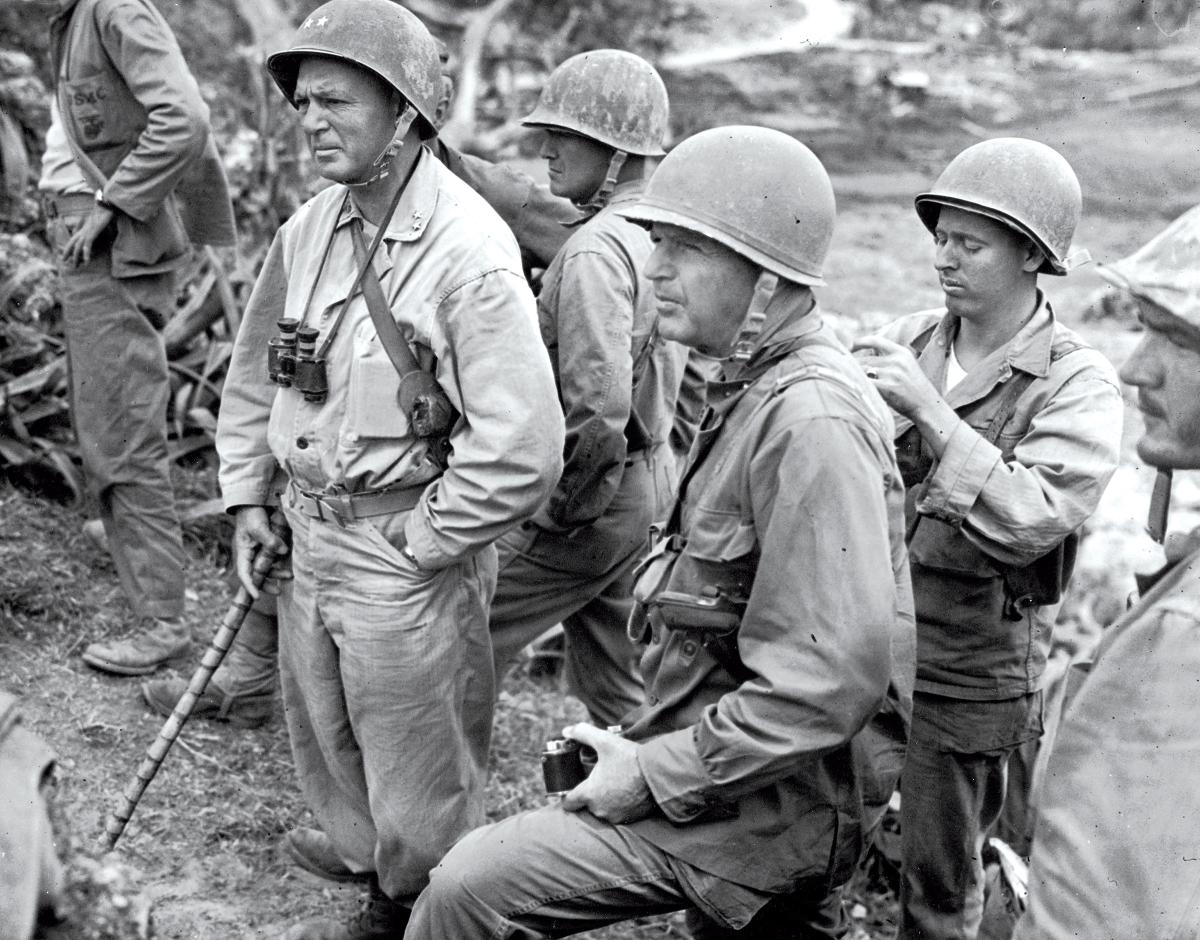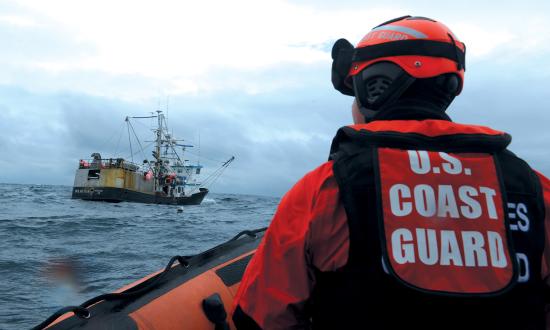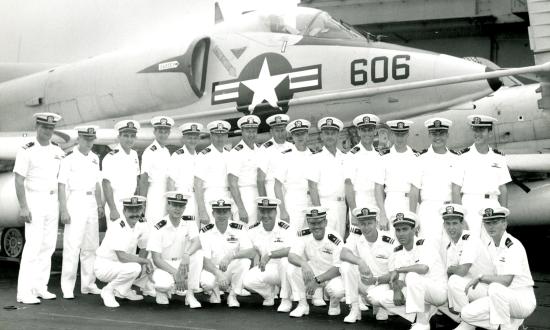Writing in the November 1951 Proceedings while commanding Fleet Marine Force, Pacific, Lieutenant General Lemuel C. Shepherd Jr. looked back on the origins of the phrase “As the President may direct.” At the time, the Corps had emerged successfully from the late-1940s unification fights and was in combat in Korea. Shepherd underlined the importance of Marine contributions to amphibious warfare and the Marines’ amphibious-landing victories in World War II, but added:
However, there is another aspect to the posture of the Marine Corps in the military structure of the United States which, though less publicized, may have been of even greater importance in the past than its amphibious accomplishments and, in light of current world developments, will certainly hold a cardinal position in the determination of future Marine Corps employment.
In 1798, when describing the original function of the Marines, the United States Congress provided that the Corps should serve not only in the ships, garrisons, and forts of the United States but, in addition, should be prepared “for any other duty on shore that the President may direct.”
Later, in 1836, a law was enacted giving further force and emphasis to this specific authority of the President by empowering him to order Marines to duty with the Army.
Still later, in 1861, when the Marine Corps of the Confederacy was established, the Confederate States Congress defined the function of the Marines as extending beyond duty in ships of the Navy to duties “on shore as may be required by the President.”
Finally in 1947, the drafters of the current National Security Act decreed once more that the U.S. Marine Corps should be prepared “for service with the fleet in the seizure and defense of advanced naval bases . . . service on armed vessels of the U.S. Navy . . . protection of naval property at naval stations or bases . . . and such other duties as the President may direct. . . .”
A study of the subsequent employment of Marines lends credence to the conclusion that this interesting phraseology came into existence by design rather than through chance.
Shepherd followed with several examples of such direction through the Corps’ history. Presidents employed Marines to:
- Guard prisoners taken during the Quasi-War with France
- Maintain law and order in Panama following the destruction of Colón by insurgents
- Control draft rioters in New York in 1863
- Represent federal authority in a series of 1890s railroad strikes
- Operate on board a chartered steamer in the Bering Sea in 1891 against seal poachers
- Assemble an East Coast brigade for action in Cuba during the war with Spain
- Join the Army in Western Front ground combat during World War I
- Protect U.S. interests in China in the 1930s
- Secure Iceland against German air and seaborne incursion in 1941, before the United States entered the war
All of the foregoing recital bespeaks a measure of balance and flexibility which are clearly responsive to the realities of the United States’ world position today, wherein our major global interests may be subject to enemy incursion or compromise at any time. . . . Just as Korea burst into flame with little warning, so may it be expected that similar fires can occur elsewhere in the world—and with no more notice. . . .
There is a challenge implicit in this multitude of responsibilities—a challenge which has, probably more than any other single influence, inspired the Marines to apply the old maxim, “Bite off more than you can chew—then chew it; promise more than you can do—then do it.”







